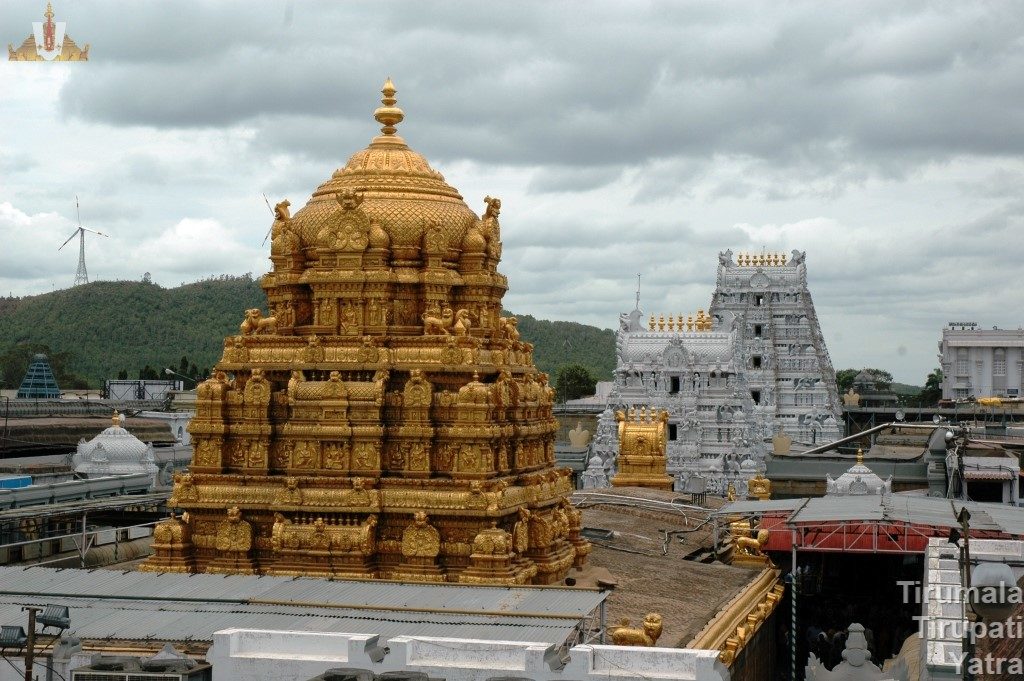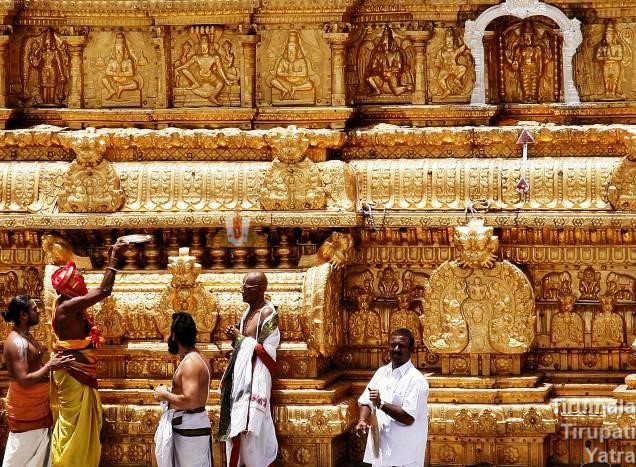Pancha Berams of Tirupati Balaji Lord SRINIVASA is the heavenly Wishing Tree (kalpa taruvu) to those who yearn for Him, gold to those who hold his hand, advance honorarium to those who worship Him, a diamond on hand to those who serve Him, the Ultimate God to those who conceive of Him, fulfiller of desires Read More
Tag: Ananda Nilayam
This Self Made Idol of Lord Vishnu dwells in an attractively dazzling abode: This abode is named as ANANDA NILAYAM (An abode of happiness).
Significane of Ananda Nilaya Vimana
Ananda Nilaya Vimana The word “Vimana” means to house the lofty image of the Supreme being. In the word “Vimanam”, the alphabet ‘ma’ means an object which is measured or made in various ways. The prefix ‘vi’ denotes “vishesha” which signifies the image. So, the word itself, from its etymological aspects carries a noble and Read More


